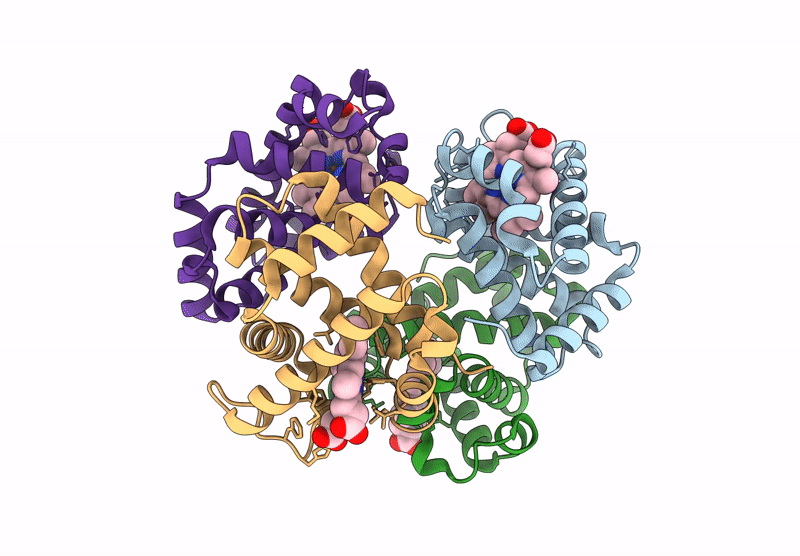
Deposition Date
2024-07-19
Release Date
2025-04-30
Last Version Date
2025-08-20
Entry Detail
PDB ID:
9CQQ
Keywords:
Title:
Human metHb (C1 symmetry) obtained using the SPT Labtech chameleon under Al's Oil
Biological Source:
Source Organism:
Homo sapiens (Taxon ID: 9606)
Method Details:
Experimental Method:
Resolution:
2.91 Å
Aggregation State:
PARTICLE
Reconstruction Method:
SINGLE PARTICLE


